Everyone can pretty much agree on this:
When you’ve got a new shiny thing you get so fascinated by it.
You brag about it, use it, and even stare at it multiple times a day!
But like all things, your stuff gets old. Eventually, you ignore it. Meanwhile, new items catch your attention.
The same phenomenon describes Facebook ad fatigue.
Are you wondering why your once-successful ad campaigns no longer perform the way you expect them to? Ad fatigue could be the root cause.
In this article, we’re going to show you what Facebook ad fatigue is and different approaches to overcome it.
Bonus Content: The Ultimate List of Facebook Ads Case Studies
But First, What Is Facebook Ad Fatigue?
Facebook ad fatigue happens when the same group of people sees the same ad over and over. As a result, people become “blind” to it – this phenomenon is called banner blindness.
How Do You Measure It?
As an advertiser, how do you measure ad fatigue? Is there a good indicator for it? Yes, and this KPI is your Frequency. Frequency reveals the average number of times a person has seen your ad.
You can check Frequency in your Ads Manager.

A high frequency implies that people have seen your ad too many times.
Keep in mind that Frequency is just an estimate!
(Note: You can set your dashboard to show frequency at the Campaign, Ad Set, or Ad Level. Do this by selecting Columns: Custom at the upper right corner of the tab and checking Frequency as one of the columns to be displayed. See screenshot below.)
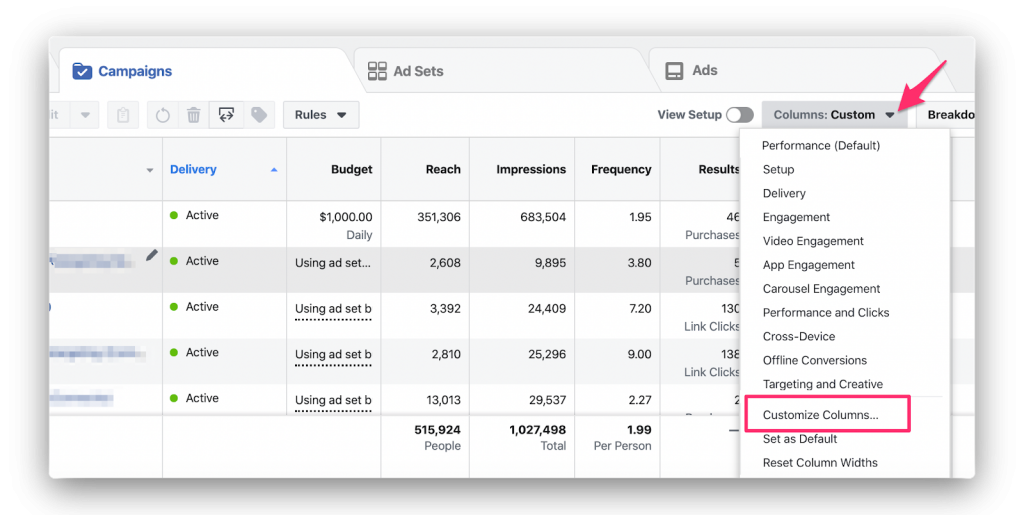
Ad fatigue does not only cause your frequency rate to go sky-high, but it also decreases your click-through rate, conversions, and revenue.
The reality is, every ad reaches a point where it becomes less effective on an audience. That is why it’s important to keep your ad fresh and interesting!
How to Beat Facebook Ad Fatigue
To combat ad fatigue, follow these 7 tips.
1. Change your ad copy.
Refresh your Facebook ad by changing its wordings. Here are some ideas:
Headline:
- If you have not used a number, start your headline with a number!
- Shorten a long headline. For example, “Bridesmaid Dresses – 3 Day Sale”
- Ask an intriguing question!
- Use an active voice to drive action. For example, “Get the app”
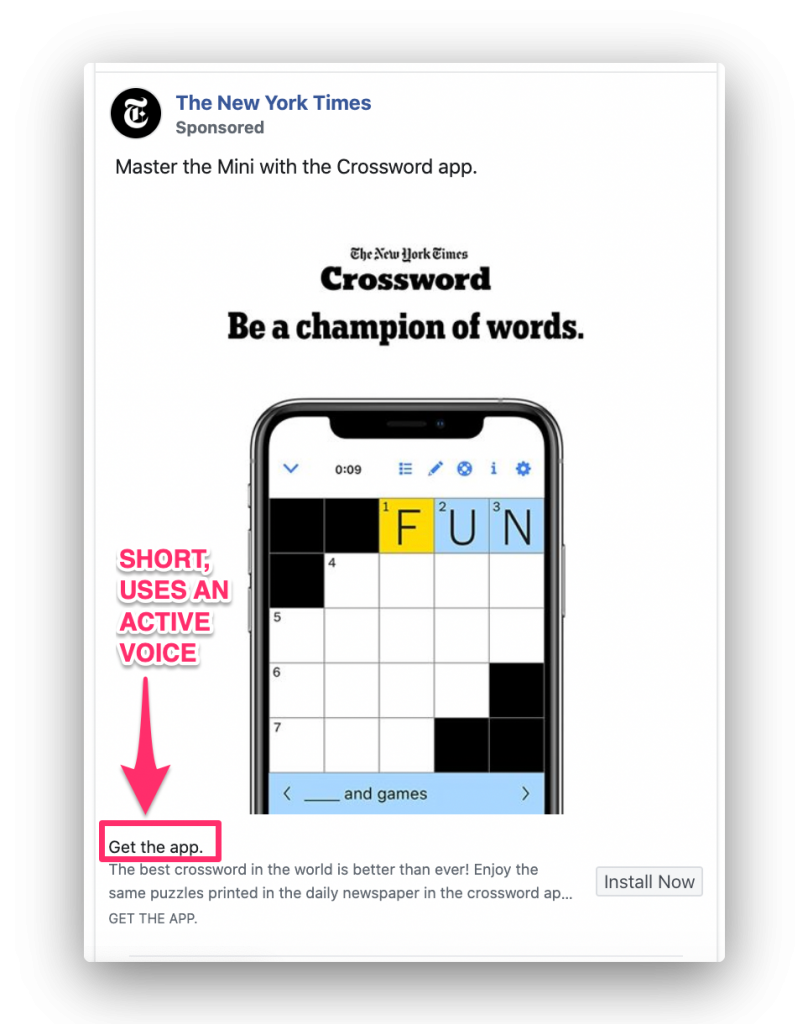
Image credit: Facebook Ads Library
Primary text:
- Explain how your product or service helps.
- Add some marketing power words!
- Use a happy customer’s testimonial.
Description:
- Tell people what you want them to do. For example, “Buy food from organic brands that make healthy living easy!”
- Describe your product or service. For example, “Our workouts combine yoga and resistance training to help women of all ages.”
2. Switch up your creative.
Your creative is what grabs people’s attention first on their Newsfeed. By updating your images and videos, your ad will look new.
Is your ad experiencing “creative fatigue”? A simple solution would be to replace an existing image with a new one. You could also switch from photo to video (and vice-versa), like the Facebook ad below:
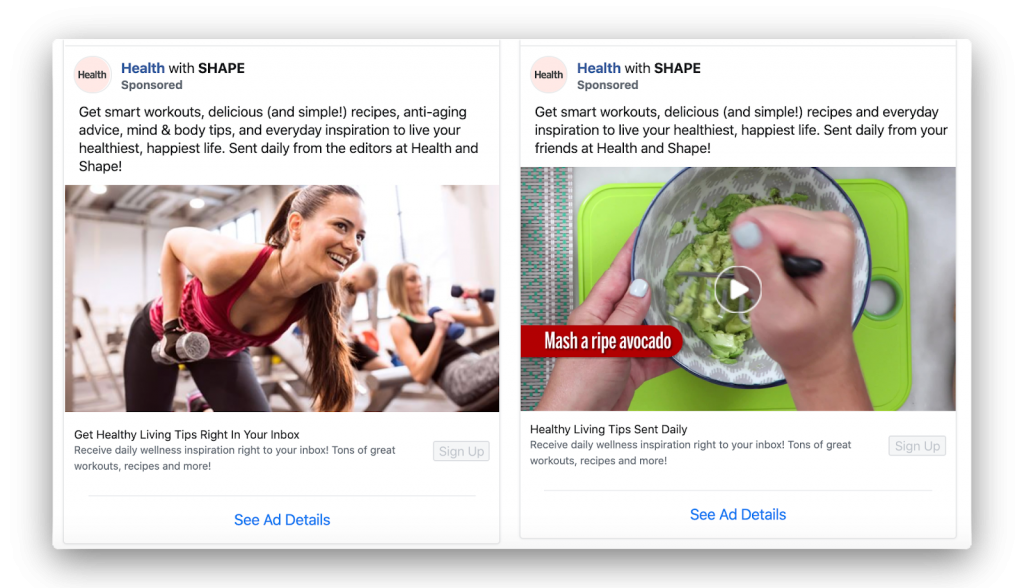
Image credit: Facebook Ads Library
Here’s another cool tip:
To make things interesting, turn a traditional single image ad into a carousel ad. The carousel ad format allows you to showcase multiple products.
Or why not simply reverse your ad images? It’s an easy hack that can be done by your team, and yet it works!
3. Use ad scheduling
If you’re showing your audience the same ad every single day, they’ll get tired of it eventually.
One of the ways to prevent Facebook ad fatigue from happening is to run your ads on a schedule. Luckily, Facebook allows you to do this.
You can set specific hours and days for ads to run at the Ad Set level – in the Budget & Schedule section. Do this while you’re in the process of creating an ad inside Ads Manager.
(Take note that you need to set your Budget & Schedule to Lifetime Budget to be able to run ads on a schedule.)

If you want to change the schedule of an existing ad set, go to Ads Manager, then select the Ad Sets tab. Check the box beside the name of the ad set you would like to edit.

A section will pop-up where you can make the edit. Just scroll down to the Budget & Schedule section and make the necessary changes there.
4. Target a new audience.
Not getting desirable results? Don’t call it quits just yet.
When it comes to your audience, consider these possibilities…
Possibility A: Your ads need to be seen by a cold audience. In this case, it’s best to target a Lookalike Audience based on your existing customers.
Possibility B: Your targeting isn’t very detailed. In this case, dig deeper into their interests. (Our tool ConnectExplore lets you discover hyper-targeted interests so that your ads get in front of an audience that’s more likely to convert!)
5. Pick an alternate campaign objective.
Another way to combat ad fatigue is to refresh your objective. If you’ve been optimizing for conversions or sales, perhaps it’s time you try not to!
Changing your objective will allow Facebook to target a different audience based on their likelihood to meet the objective.
For instance, if you choose the Video views objective, Facebook is going to target people who are fond of watching videos.

The Reach objective is a good objective to optimize for because it helps you reach a large number of people. Since your ad impressions are spread across those people, ad fatigue won’t happen sooner.
6. Change your offer.
We’ve talked about changing your text, creative, target audience, and objective. Now what about the product or service you’re offering?
(Not everyone does this, but it could make a big difference in your campaign.)
If you have multiple products, feature something that you’ve never featured before in your campaign.
It could be a product that’s not selling well and which you’d like to gain more exposure. Or it could be a product that has a high selling potential today due to the season.
Like The New York Times, you can also stick with the same offer, but change its value. Make it higher or lower and see which one people respond to best!
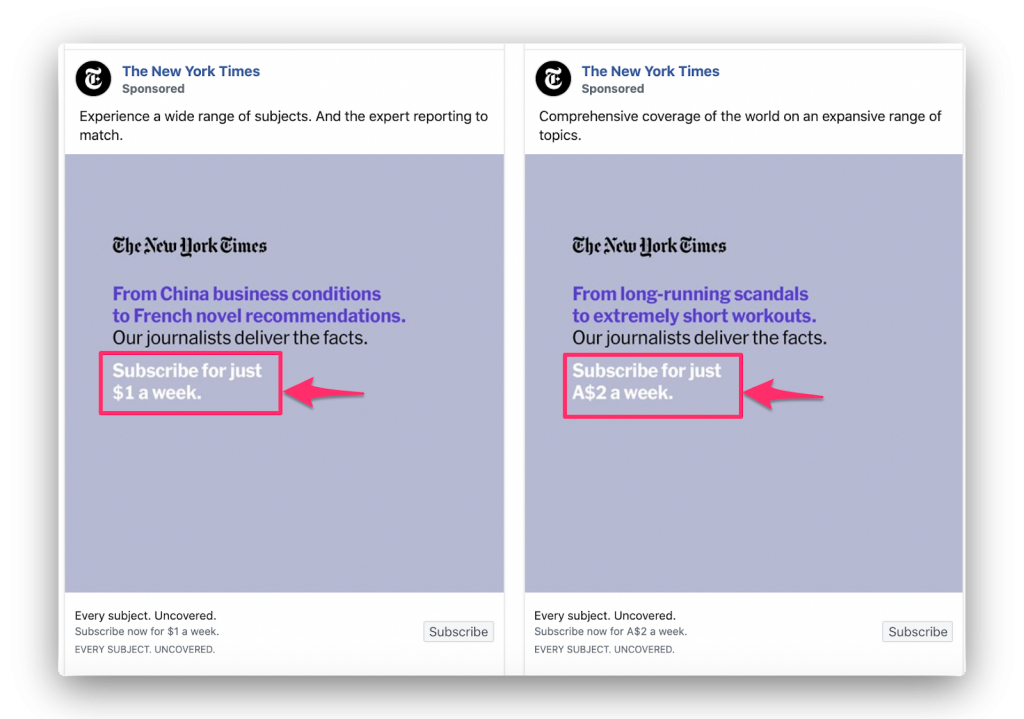
Image credit: Facebook Ads Library
Depending on your offer, you may need to alter everything else in the ad – copy, image, etc.
7. Use audience exclusion.
Are there people who already clicked on or purchased from your ad?
You don’t want to be showing the same ad to those who’ve already interacted with it – or else you’ll annoy them.
To use audience exclusion, make sure that you’ve installed the Facebook pixel. This allows you to create a custom audience of people who’ve completed specific actions on your website (from your FB ad).
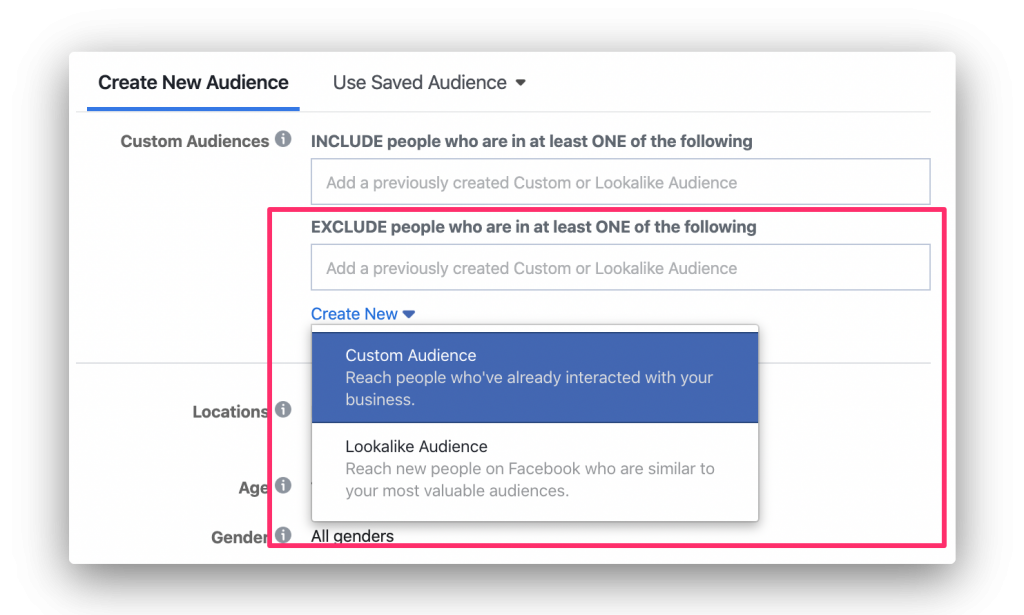
Another option would be to upload a CSV file of existing customers from your CRM.
Bonus Content: The Ultimate List of Facebook Ads Case Studies
Final Thoughts
While any Facebook ad campaign can suffer from ad fatigue, you should not remain passive. Now that we’ve equipped you with tactics to beat ad fatigue, you’ll be able to keep your audience interested and improve your results.
What experience did you have with Facebook ad fatigue? We’d love to know about them in the comments section below!

